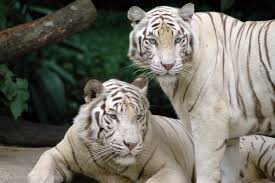Mae Salong in Chiang Rai is very reminiscent of parts of China and much of the area’s history has a strong Chinese connections. When the Communists took over mainland China in 1949, remnants of the Nationalist Chinese army fled to the Thai-Burmese border. In 1961 they were driven into Thailand and some settled own on Doi Mae Salong Mountain and formed a Yunnanese community right in the heart of the Thai kingdom. The Yunnese who settled here were involved in the opium trade until the Royal Thai Army resisted these activities. A road was built into the area in the 1980s and since then there has been a great effort to incorporate the Yunnanese into mainstream Thai society. Despite this effort, however, a strong Chinese heritage is still very much apparent - Chinese is still often spoken in Mae Salong, and it’s not unusual for people to have Chinese satellite TV.
Aside from Doi Mae Salong’s picturesque scenery, there is quite a bit to do here. If you wanted to you could quite easily stay two or three days. A tour of the Chokechamrern Tea plantation is worthwhile – the fact that this brand of tea originally came from Taiwan underscores the area’s Chinese connections. There is also a museum and the village market sells the fine teas produced around the village. There are also a number of Akha, Lisu, Mien and Hmong villages in the area, and the Hilltribe Development and Welfare Centre supports them with the sale of their handicrafts (mainly woven cloth and silverware).
Details: The museum opens daily from 08.30 to 16.30. The entrance fee is 30 Baht per person.
How to get there: Doi Mae Salong is located on Route 1089, 40 kilometres from Mae Chan. It is possible to get to the mountain by bus from Chiang Rai to Ban Basang (fare 15 Baht) where you can pick up a Songtaew to the mountain top (50 Baht).
credit:discoverythailand











